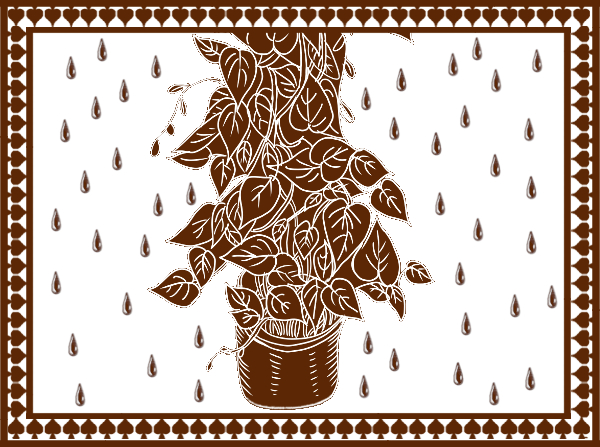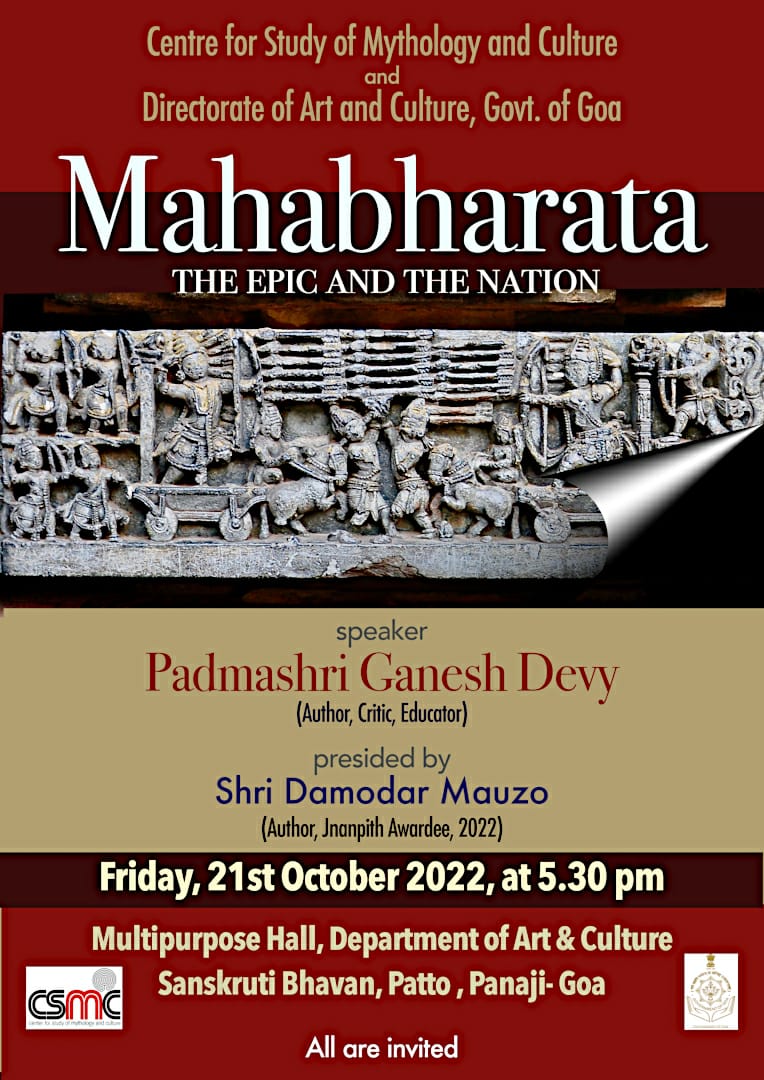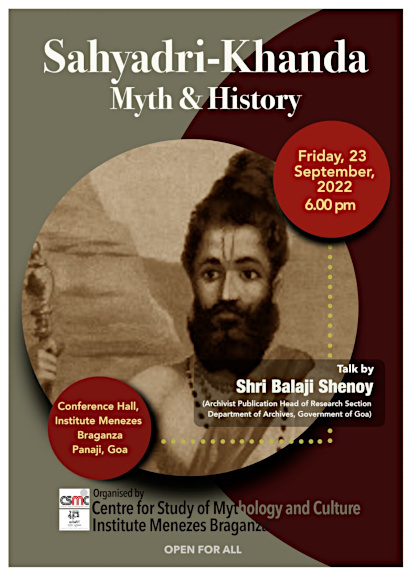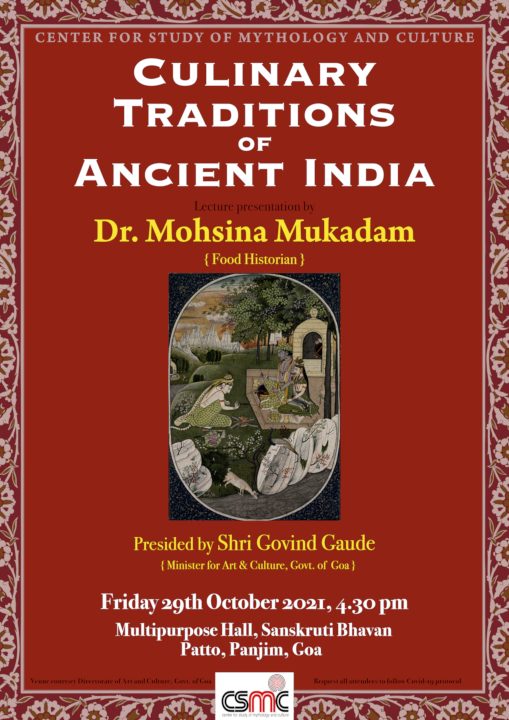
In Mumbai, one cannot miss the red splatter stains of betel quid where ever you look. The visuals of the blood-red ‘paan’ stains splattered over building corners, staircases, bus stops, railway subways etc not only create an unpleasant visual experience but also reminds us that this is definitely one such ‘Indian’ habit that does not fit within the urban environment.
However, paan or betel quid chewing has a very ancient history in India and gets its mention in Vedic and Puranic texts. There are some interesting narratives stating how betel leaf was discovered by the gods. Skanda Purana narrates that after Amrita-Manthan episode, Mohini having distributed Amrita among the gods realised that a few drops of Amrita or nectar were still left in the pot. Realising the importance and value of the nectar, she left the pot with Indra’s elephant Nagaraja for the safekeeping. As time passed a vine grew out of the pot. Some of the gods got curious, plucked a few leaves and tasted it. Lo! They got intoxicated. They immediately rushed over to Vishnu and reported the matter. Vishnu asked Dhanavantari, the physician of the gods to verify the fact. A few days later, Dhanavantari came out with his findings suggesting betel leaf has indeed pleasant intoxicating qualities. Having found this Vishnu began offering betel leaf to his important guests. Thus the custom of offering paan to guests was set up and is still followed in many regions in India.











